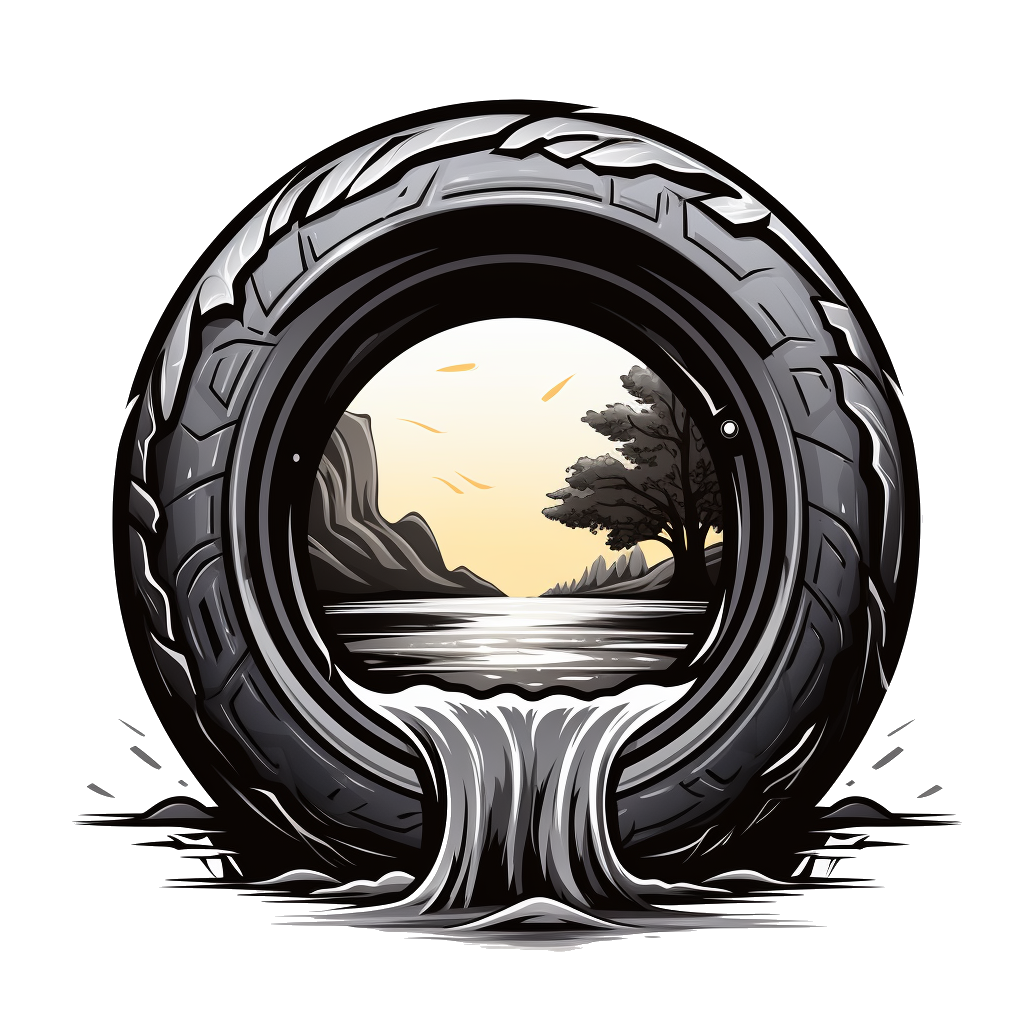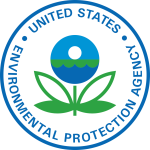Project Background
In 2022 the University of Idaho (UI) received a grant from the EPA’s Columbia River Basin Restoration Funding Assistance Program to assess the suitability of crayfish as monitoring organisms for tire wear particles and a newly discovered associated toxin, 6PPD-Quinone (6PPD-Q). 6PPD-Q is the oxidation product of 6PPD, a common antioxidant and antiozonant found in almost all commercial tires. Recent research shows that it is particularly toxic to Coho, Rainbow Trout/Steelhead, and other important aquatic fish species. For this grant, UI has teamed up with the Salish School of Spokane, Washington Department of Transportation, Montana Fish Wildlife and Parks, and the Clark Fork Coalition to sample water, sediment, crayfish, and fish from sites throughout the middle and upper Columbia River Basin. Samples will be analyzed to determine concentrations of tire particles and 6PPD-Q. This website will be updated with our findings throughout the project duration and will serve as an educational platform for community members, scientists, teachers, and anyone else interested in this research.
Research Focus Area
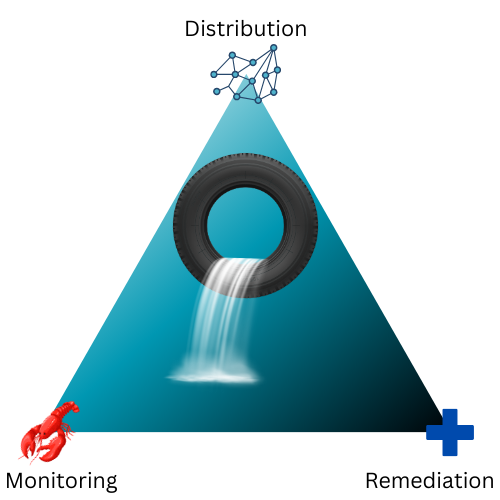
Team Members

Dr. Mary Engels
Assistant Professor
Department of Natural Resources and Society
engels@uidaho.edu
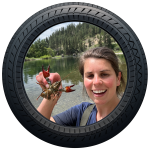


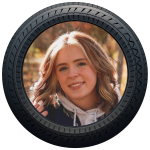
Abbie Johnson
B.S. in Environmental Science (in progress)
B.S. in Philosophy (in progress)
john4864@vandals.uidaho.edu

Miles Butler
B.S. in Environmental Science (in progress)
B.S. in Ecology and GIS (in progress)
butl7509@vandals.uidaho.edu
Partners
Why Partners?
It takes the collaboration of both community members and scientists to develop an integrated approach to environmental issues. Partnering with diverse groups is advantageous for many reasons: we can gain knowledge about local sampling sites; there is an opportunity for students and community members to volunteer by helping with sample collection; we can utilize the organizations’ established relationships with community members, therefore increasing volunteer participation and community education about 6PPD-Q and TWP pollution; and we can work with young students to prepare the next generation of scientists to protect the CRB. Overall, the more people that know about 6PPD-Q and TWP contamination and are involved in the research, the more well-rounded and inclusive our project will be.
